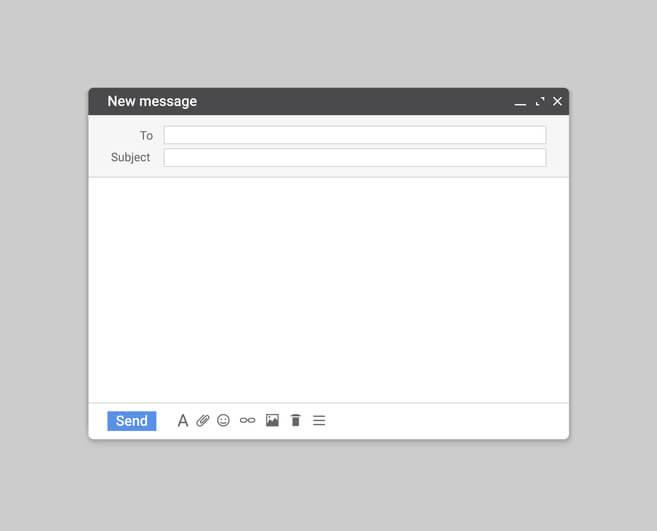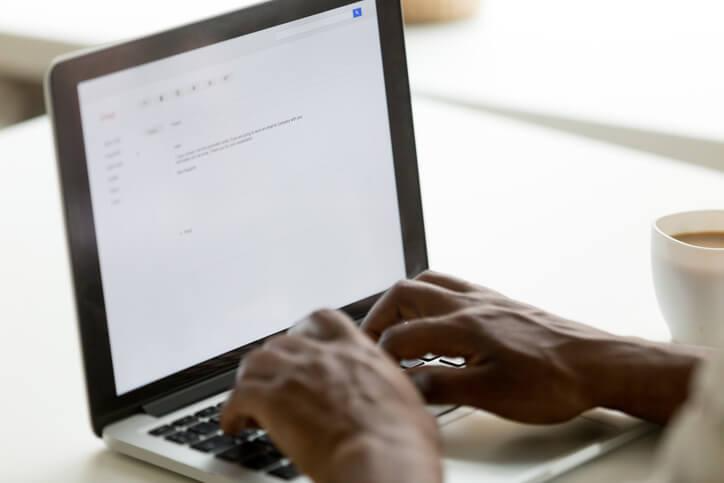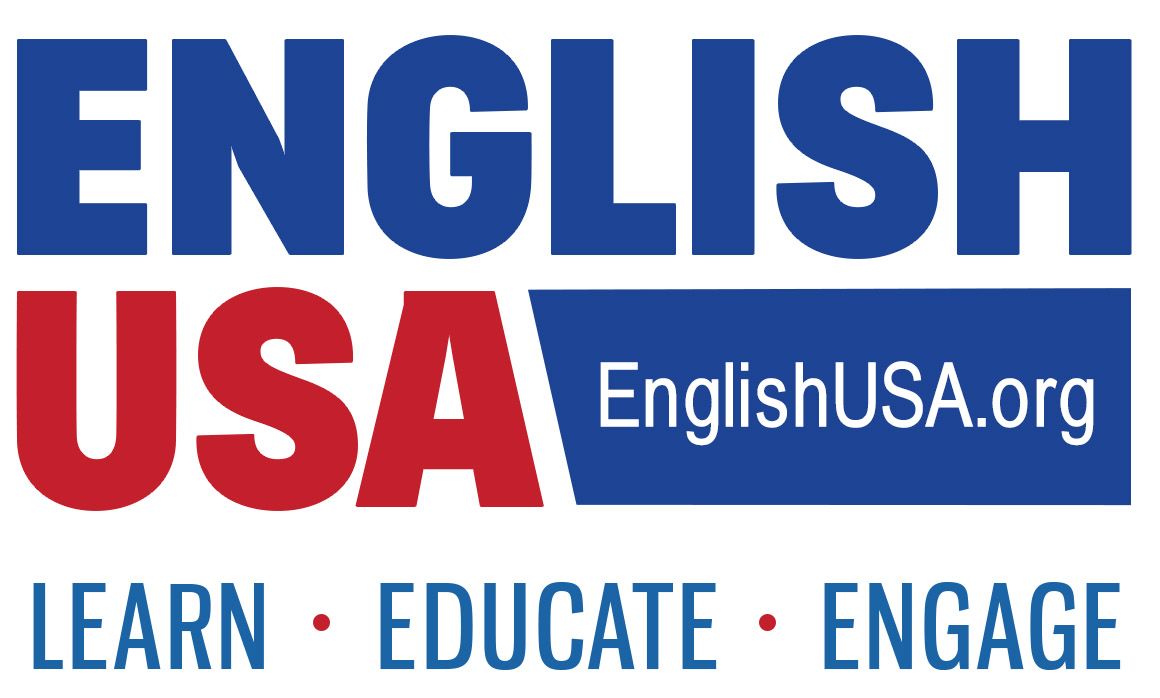Accredited by:
Your Guide to Writing Clear, Polished Emails in English
Learn how to write an email in English with the right structure, greetings, and polite closings. Improve your professional communication skills today.
Clear communication is essential in both academic and professional settings, and email remains one of the most important tools we use every day. Whether you are applying for a job, corresponding with professors, or collaborating with colleagues, knowing how to write an email in English can make a big difference in how your message is received.
Polished emails show respect, professionalism, and attention to detail. They help you avoid misunderstandings and make a stronger impression in business and academic environments. This blog post breaks down best practices for writing clear and professional emails in English.
How Is a Formal Email Structured in English?
When it comes to email structure in English, think of it like building blocks. A good email has a clear beginning, middle, and end:
- Subject Line: Short, specific, and informative (e.g.,
Meeting Request for Monday).
- Greeting: A polite way to begin (we’ll cover examples shortly).
- Opening Sentence: State your purpose clearly.
- Body Paragraphs: Provide necessary details in a concise, organized way.
- Closing Sentence: Summarize or give a call to action.
- Polite Sign-Off: End with a professional closing.
This structure ensures your message is easy to follow and avoids confusion. If you are preparing for international study or career opportunities, mastering this style of writing professional emails in English is essential.
What Are Good Greetings for Professional Emails?
Greetings set the tone for the rest of your email. Depending on how formal the situation is, you can choose from a range of appropriate options:
- Formal Greetings:
- Dear Mr. Smith,
- Dear Dr. Johnson,
- To Whom It May Concern, (only if you don’t know the recipient’s name)
- Less Formal, Still Professional:
- Hello Sarah,
- Hi John,
For example, if you’re writing to a professor about an assignment, Dear Professor Lee, works best. If you’re emailing a classmate about a group project, Hello Maria, feels professional but friendly.
Avoid casual greetings like Hey or What’s up in academic or business emails. The right greeting shows respect and immediately signals that you understand the norms of business communication email in English.

How to Close an Email Politely in English
The way you close your email leaves a lasting impression. Your choice depends on how formal your relationship with the recipient is.
- Very Formal (best for applications, official requests, or when you don’t know the person well):
- Sincerely, Example: Sincerely, James Brown
- Respectfully, Example: Respectfully, Maria Lopez
- Yours faithfully, Example: Yours faithfully, Robert King
- Professional but Warm (best for professors you know, colleagues, or networking contacts):
- Best regards, Example: Best regards, Anna Rossi
- Kind regards, Example: Kind regards, David Chen
- Thank you, Example: Thank you, Emma Carter
For instance, if you are applying for an internship, ending with Sincerely makes sense. If you’re sending a follow-up to a professor after office hours, Kind regards is both respectful and warm.
How to Write an Email in English: Polishing Your Email Writing Skills
As you improve your English, pay attention to tone, clarity, and word choice. Avoid slang, overly complex sentences, or unnecessary details. If your goal is to work or study in English-speaking environments, these skills will also support you in standardized tests like the TOEFL exam. Find out more about this test in our blog, What is the TOEFL Exam.
For learners who want real-world practice, Lingua Language Center offers both online and in-person language courses, where email writing and professional communication are part of the training.

Take the Next Step With LLC
Whether you’re preparing for university, aiming for career advancement, or simply want to feel more confident in your daily communication, mastering how to write an email in English is an invaluable skill. With the right structure, a professional greeting, and a polite closing, you can make every email clear, polished, and effective. Start building these skills today with Lingua Language Center’s English classes.
Are you looking for comprehensive English classes in Fort Lauderdale?
Contact Lingua Language Center for more information.
Frequently Asked Questions
Question: How is a formal email structured in English?
Answer: When it comes to email structure in English, think of it like building blocks. A good email has a clear beginning, middle, and end.
Question: What are good greetings for professional emails?
Answer: Greetings set the tone for the rest of your email. Depending on how formal the situation is, you can choose from a range of appropriate options:
- Formal Greetings:
- Dear Mr. Smith,
- Dear Dr. Johnson,
- To Whom It May Concern, (only if you don’t know the recipient’s name)
- Less Formal, Still Professional:
- Hello Sarah,
- Hi John,
Question: How to close an email politely in English?
Answer: The way you close your email leaves a lasting impression. Your choice depends on how formal your relationship with the recipient is.






